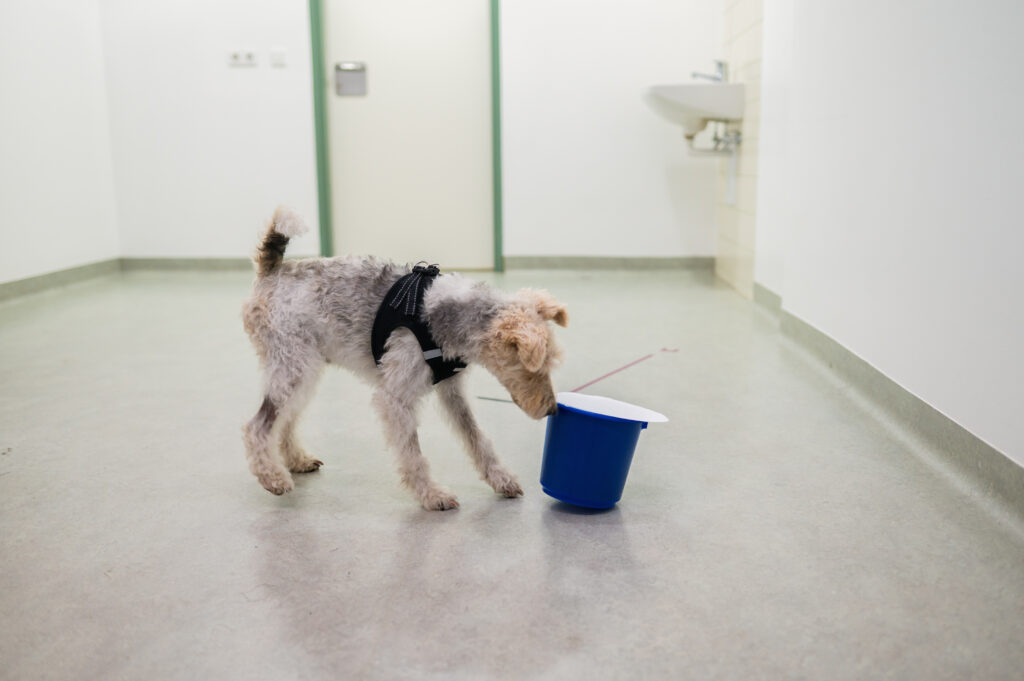Theory of mind is the capacity to attribute mental states such as goals, knowledge, beliefs, and intentions to others, allowing us to make sense of others’ behaviour and communicate with others effectively. To investigate whether human adults are unique in their ability to explain others’ behaviour in terms of mental states, researchers have employed non-verbal tasks with non-human animals. However, subjects can succeed in most of the experiments employed so far either by reasoning about the involved agents’ mental states or, alternatively, by reasoning about some behavioural information they observed during their life or the experiment which they could use to predict others’ actions. To distinguish understanding others’ mental states from mere behaviour-reading a study known as the “goggles experiment” was proposed. This study performed a modified version of the original goggles experiment.
Pet dogs are an interesting species for the comparative study of the concept of seeing and theory of mind. They have shown visual perspective-taking abilities across different experimental contexts. They have been found to follow human gaze into distant space, in object-choice tasks and around barriers.

Aim
The aim of the present study was to investigate whether pet dogs can use their own experience with novel barriers to infer if someone else can or cannot see through the same barriers.